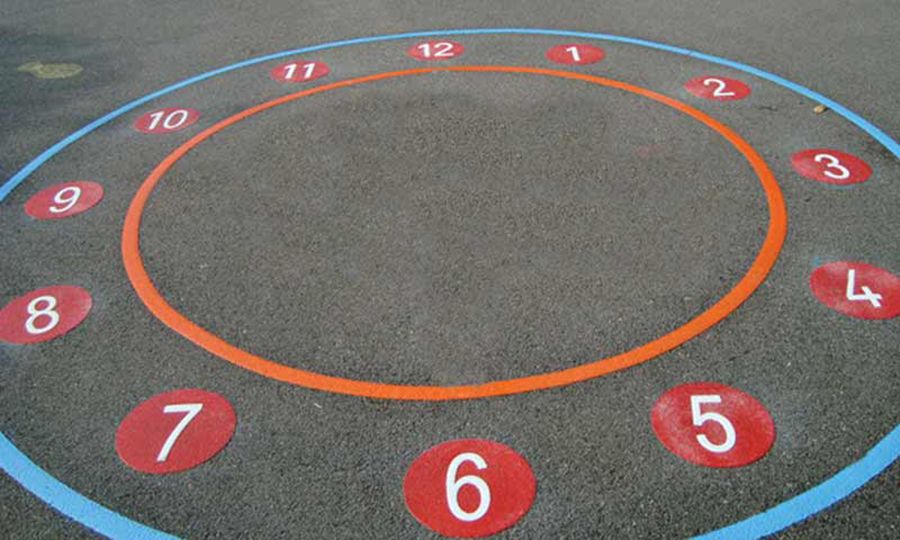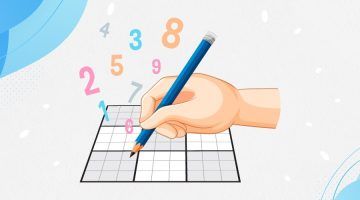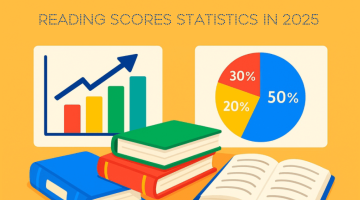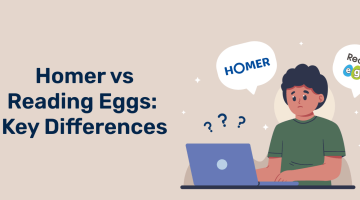21 Best Kindergarten Math Games
reviewed by Rachelle Bencio Yu
Updated on September 20, 2024
Since kids’ brains are constantly expanding to include every possible concept, it might be challenging to teach them mathematics. Due to their developing brains, children are naturally curious about and captivated by various objects, which may lead to distractions.
Educators and developers developed kindergarten maths games to help youngsters learn the subject without being distracted.
Benefits of Using Kindergarten Math Games
This article reviews the best math games for kindergarten, but first, let us check the benefits of using such math activities.
Games Grab Children’s Attention
Math games for kindergarten often employ visually appealing, fun, and interactive materials to capture a child’s attention and prevent it from straying. Kids may pick up any math idea linked to the game while they play. Learning the concept will become second nature the more they play.
Math Games Encourage Conversation Related To Math
Kids get fresh ideas for math-related conversations when they play math games kindergarten. In the classroom, you could hear students discussing new maths games they’ve been playing at home. Encouraging discussions about maths and discussing it will inspire other students to try the game while teaching social skills to improve grades and lives.
Math Games Uncover Areas Where Kids Need Help
Watching your children play maths games allows you to gauge their ability to solve complex mathematical issues. Children’s struggles with math issues may be identified and addressed via careful observation of their development and techniques. You can tell a child needs assistance with a maths subject if they get stuck on one level for an extended period.
Math Games Encourage Collaborative Learning
Since certain games only support two or three players, students must work together to get through them. In kindergarten, encouraging children to play engaging maths activities teaches them to seek assistance from their classmates when they are confused.
One of the best ways to ensure your children solve maths problems is to have them work on them in groups. They may learn to work together collaboratively using these free math activities for kindergarten.
Brighterly is a platform for learning math online that puts your child’s learning first via games and a one-on-one tutor-to-student technique. You may change your tutor or postpone your courses if you need to. So, to start helping your kid become more successful in kindergarten math skills, have them enroll today.
21 Kindergarten Math Games
There is a wide variety of entertaining maths games available for kindergarteners, so picking one out for your child might be a challenge. We have selected 21 of the best games for kindergarteners based on our knowledge of their typical learning abilities.
Number Recognition Games For Kindergarteners By SplashLearn
This kindergarten math game is centered on addition and is a great way to get kids interested in learning while having fun. Kindergarteners may build a solid foundation in numbers and basic mathematics by playing activities that include addition.
Depending on the requirements and abilities of the kids, these math games might be as easy as counting games or as challenging as extra tasks. Whether played alone or with others, kindergarten math games may establish the groundwork for a lifetime of success in mathematics.
Check out Splashlearn Number Recognition Games for Kindergarteners
Putting Puzzles Together To Gain Number Sense
Regarding math worksheets for kindergarteners, this game is among the best math printables for kindergarten. Each puzzle represents a numerical value in a phrase, tally, or picture. Your youngster will enjoy the fun math games for kindergarten, matching the pieces representing numbers if they like visual problem-solving.

Stack Up Cups
The stack-up cups game will surely be a hit with the class’s little ones. Assign each group of children a set of cups with a number ranging from one to fifty or one hundred. The kid’s assignment is to assign each cup a number and stack them up. Every time a group’s stack goes down, they must start again until someone wins.
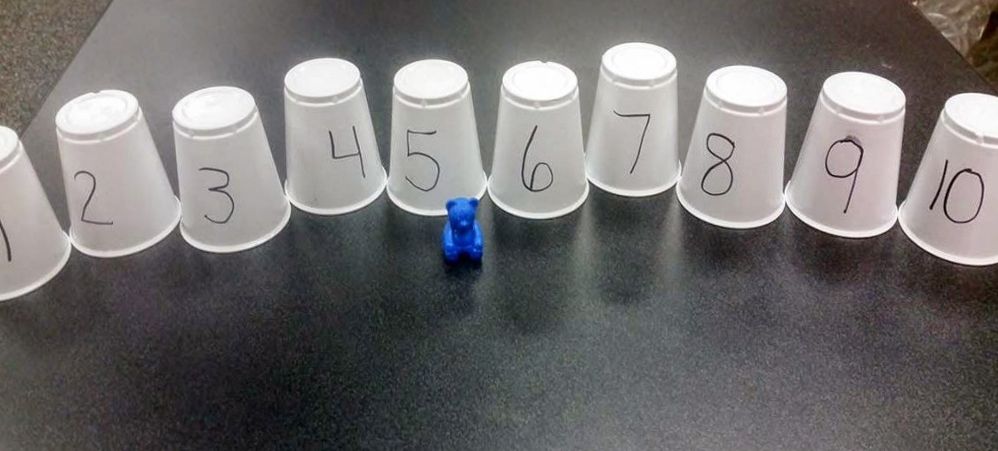
Skip Count Money Game
With the skip count money game, students may learn about skip counting and money. Assign numbers ranging from 10 to 100 or 5 to 50 to ten toys. Add a penny or dollar symbol to the numbers to make it seem like you’re selling them to the youngsters. They can call out each price from 10, 20, 30…, etc.
Check out the Money Worksheets for Kindergarten!
Rubber Ducks And Dice
To introduce students to addition, set up the rubber duck number games for kindergarten. The youngsters need to roll a die to move the duck to the tenth spot on the board.
If a child rolls a die and gets a number greater than 10, they must roll again, as spillovers are not allowed.
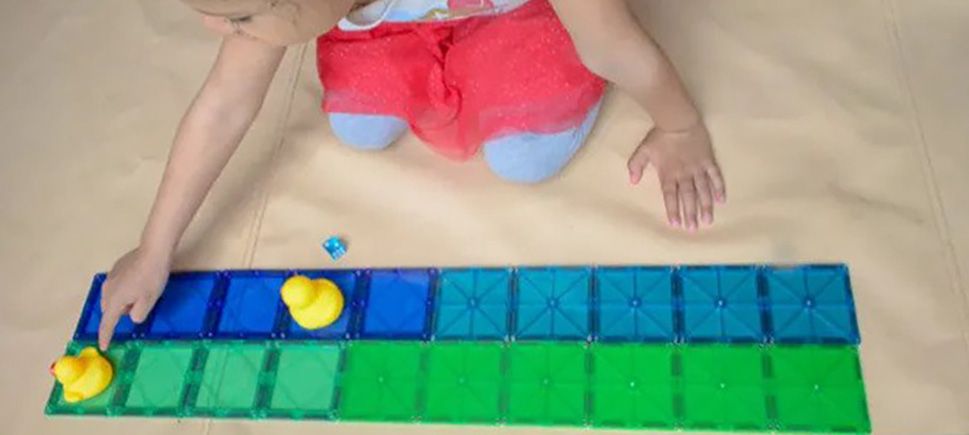
Counting Cards And Dice
This game involves the kindergarteners rolling a die and flipping a card. After that, players must add the numbers on the dice and the cards to reach the total.
If their addition is correct, they get to keep the card; if not, they must wait one round before returning to flip the deck. The game is won by the youngster who has the most cards.
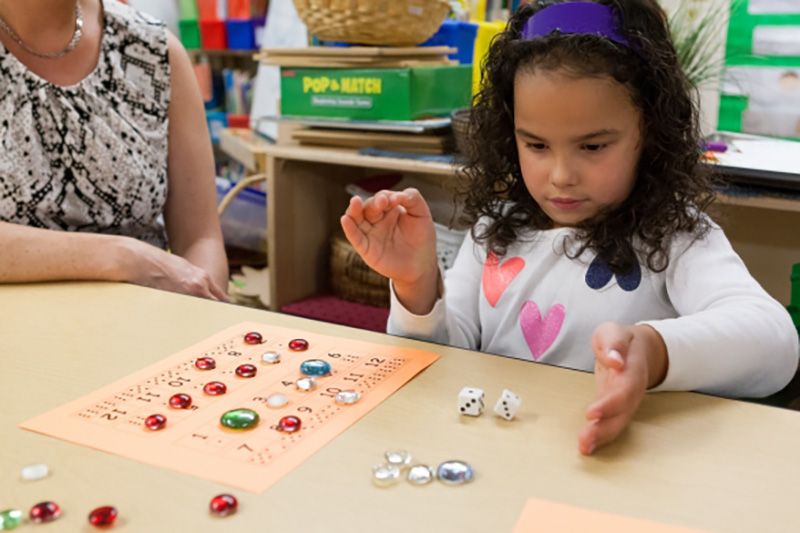
Skip Count With Sticks
Paint craft sticks in a variety of colors and number them in fives. Each child should choose a stick from the pile to count up to 100. By the end, the pupil gets to keep the stick if they got the count right.
For instance, if the number drawn is 55, they must count from 55 to 100 in fives. The winner is the kid who has accumulated the most sticks at the game’s end.
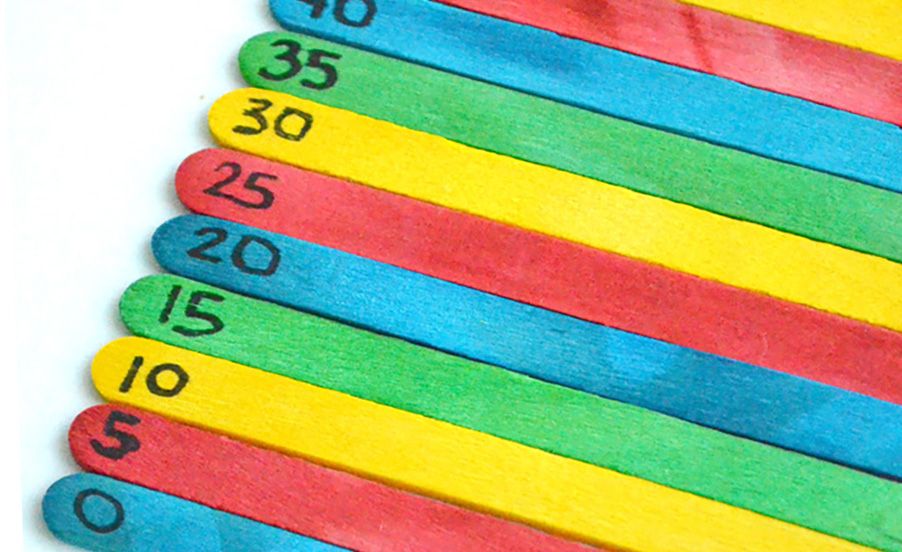
Comparing Numbers
For this game, toys shaped like gummy bears, a number line, a board with a central line, and dice are all good options for children. After rolling the dice, the children will write down the corresponding numbers on both sides of the paper. Now that they’ve counted the bears on either side, they’ll compare the two numbers to determine which is bigger.
Check out the Comparing Numbers Worksheets!
Ten Snowballs And A Bucket
Gather the students around the buckets and roll snowballs. Kids should be kept safe while instructed to deposit the balls into the designated buckets until the count reaches ten. At the task’s end, collect all the balls from the bucket, sum them, and then put some back. The next step is for them to guess how many balls will go into the bucket to create ten.
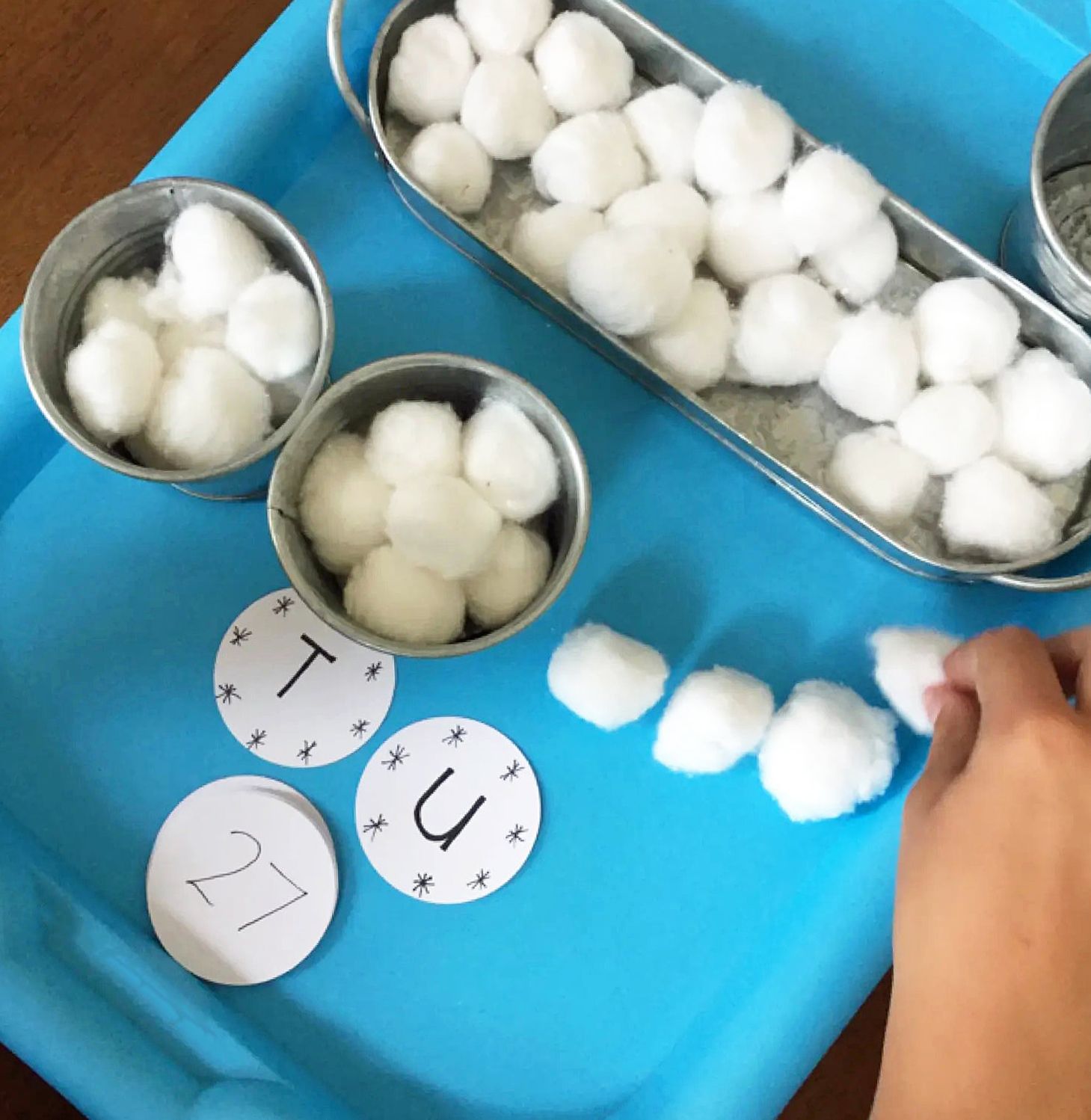
Subtraction Bowling
Use common classroom materials like plastic bottles and toilet paper tubes to create bowling bottles. Give the children bowling balls and arrange the plastic bottles in groups of ten. You subtract a number from 10, and they continue bowling whenever they knock a certain number down. In this game, the winner is the one whose bottles run out first.
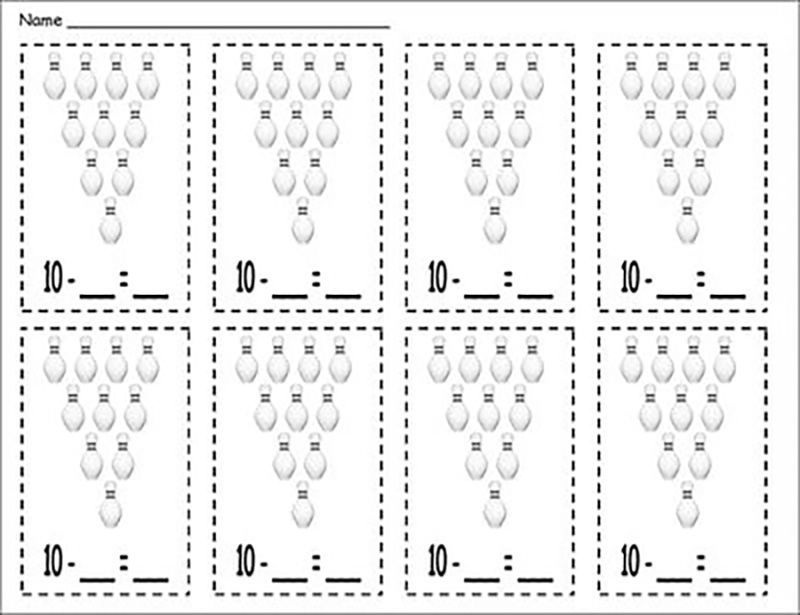
Drive And Compare Numbers To Music
Choose flat, circular plates and decorate them with dots. Distribute the plates to the children after marking them with various numbers. Put up some tunes and have the kids use their plates as steering wheels as they race around the classroom.
When the song stops, the youngsters sitting closest to each other should look at their plates and declare whether the number is larger or smaller. Keep playing until either you or the kids become exhausted. No one stands to gain or lose from this activity; all that matters is that the pupils are having a blast.
A Weighing Scale
Get some clips, paper cups, and a hanger. Give the kids little balls and attach the cups to the hangers at both ends. Filling up both cups will reveal which is heavier and which is lighter. While possessing the hanger, you have complete control over when the game ends.
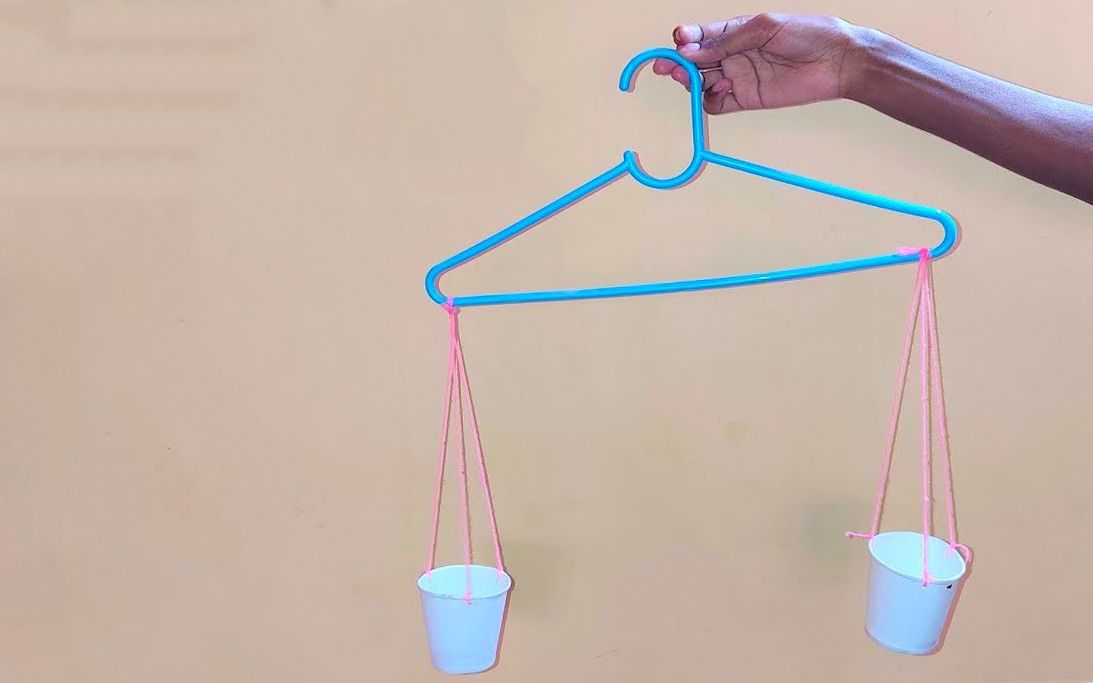
Draw A Ribbon
Put ribbons in bags after cutting them into varying lengths. Line up the children and have them choose ribbons from the containers. After that, have the kids compare their ribbons by putting them in pairs.
Learning about measuring is made easy with this game. After one child removes the shorter ribbon from another, the game resumes with the longest ribbon winner. By the end of the game, the youngster whose ribbon is the longest wins.
Shape Scavenger Hunt
One of the most incredible things about maths games is that they show mathematical ideas in real life. Show children the shapes you’ve drawn on paper. Instruct the students to search the room for objects resembling your drawn shapes.
Kids will bring anything resembling the shape, making it a great teaching tool if it doesn’t exist on paper. To keep kids safe, have them stay orderly as they play this game.
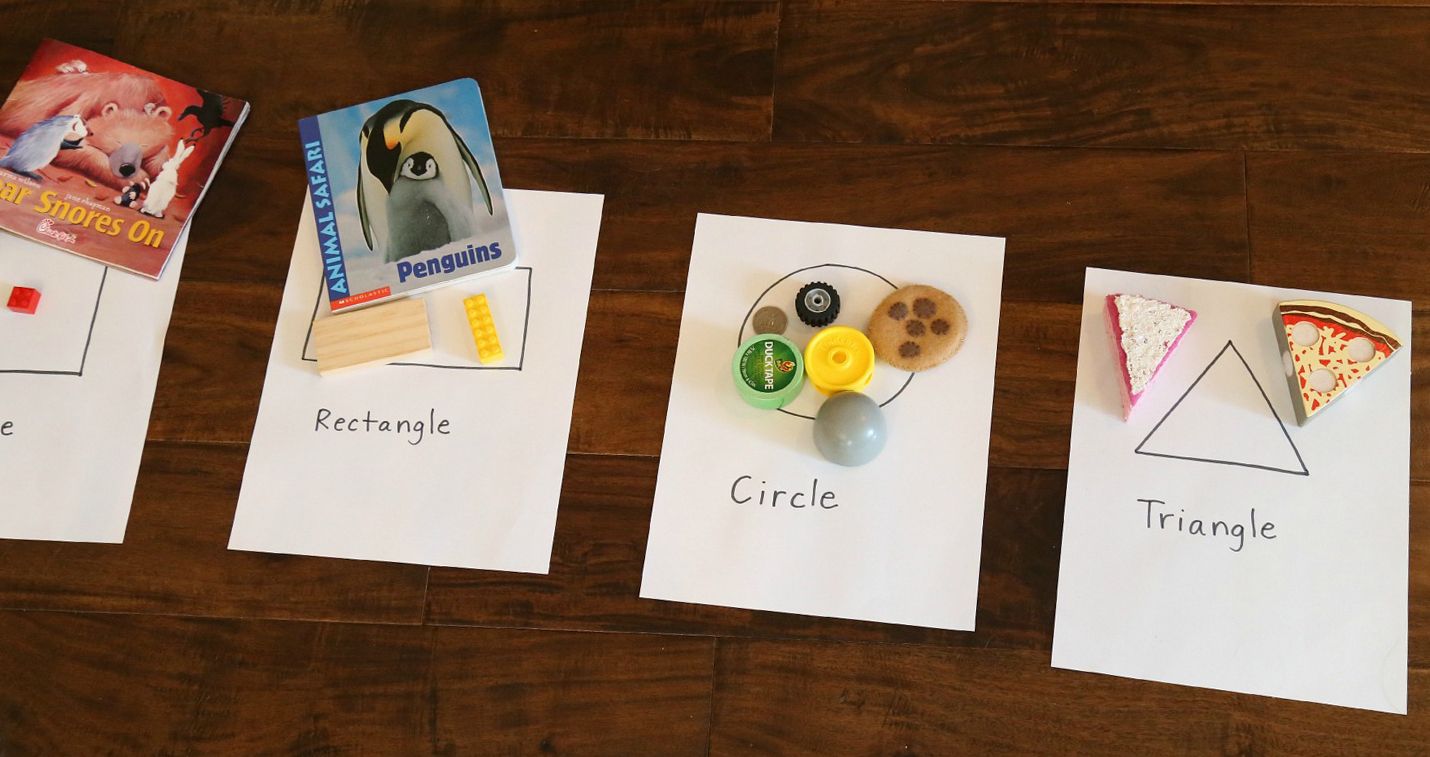
Hopscotch, But With Different Shapes
Use side chalk to make a variety of shapes on the ground. Position a youngster before the illustrations and highlight the shapes you’d want them to jump on. Every time you mention a shape, they jump in; if a child does not get it right, they are out of the game. The game’s winner is the child correctly identifying every shape on their first attempt.
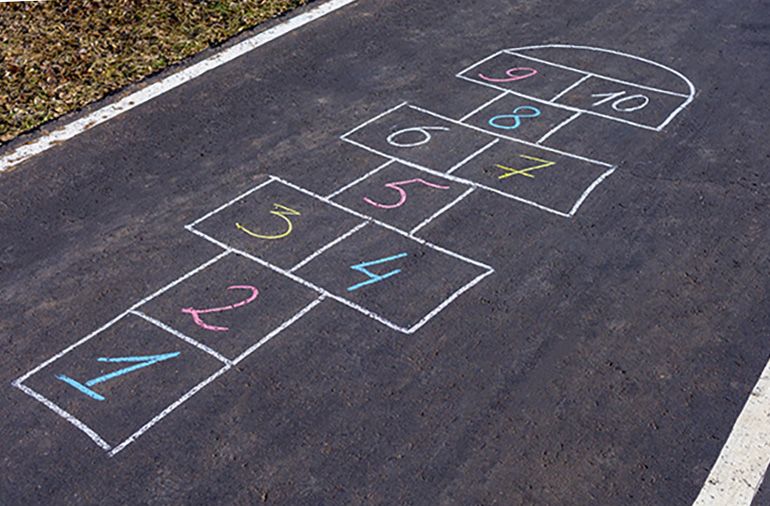
Bridge Builder Blocks For Sums
One game that uses blocks to teach addition is Bridge Builder Blocks. Add numbers to each other to create a larger block to build your bridge.
The smaller the numerical value, the smaller the block. You may successfully cross to the opposite side if you trade smaller blocks for bigger ones and build your bridge.
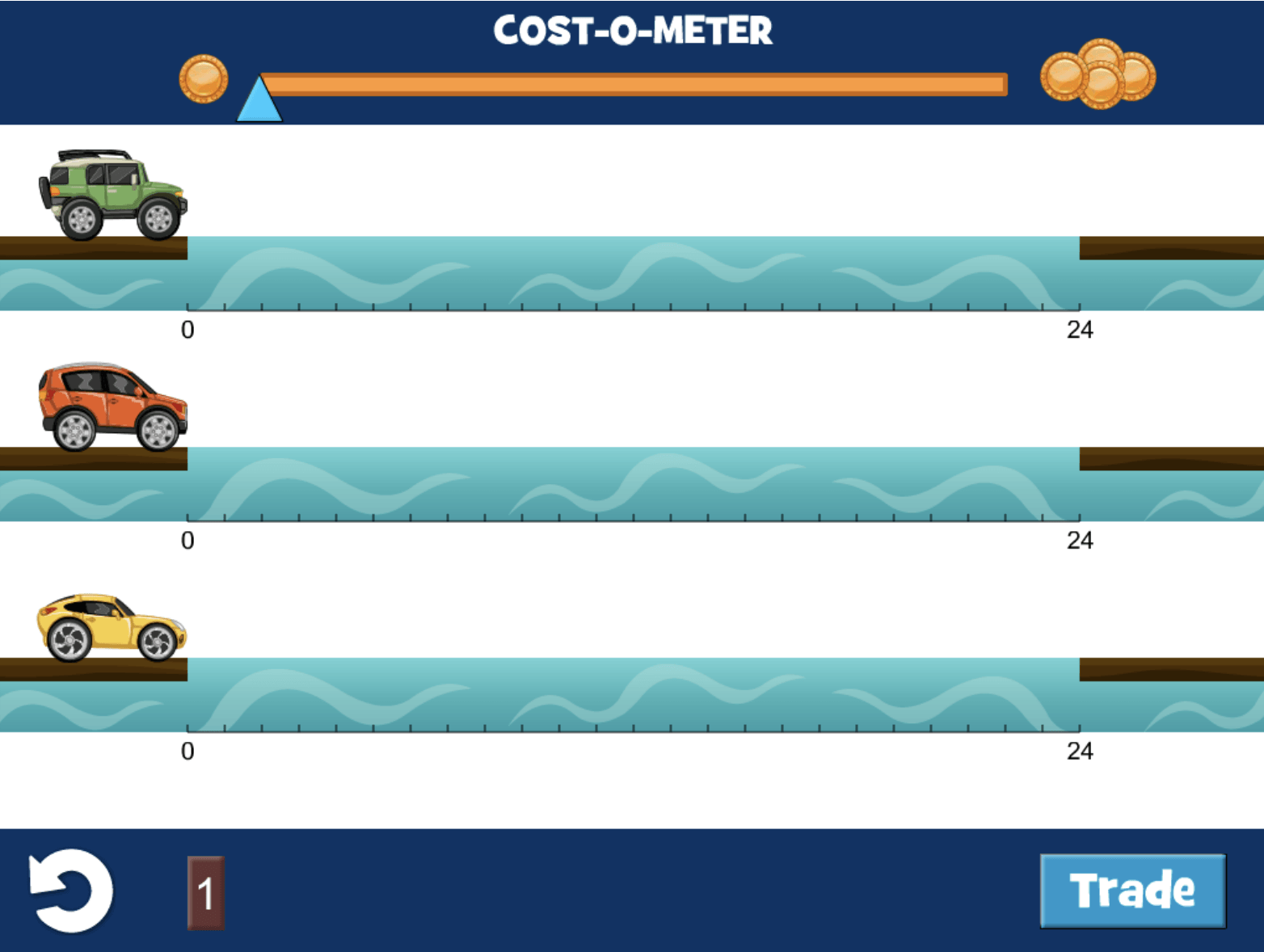
Monster Math
Monster math is one of the most significant ways for kindergarteners to learn basic math principles. Max must defeat villains and save his pal Dextra in this game. But it can’t happen until you answer Max’s maths questions. Max can save Dextra by solving them and climbing over the barriers.
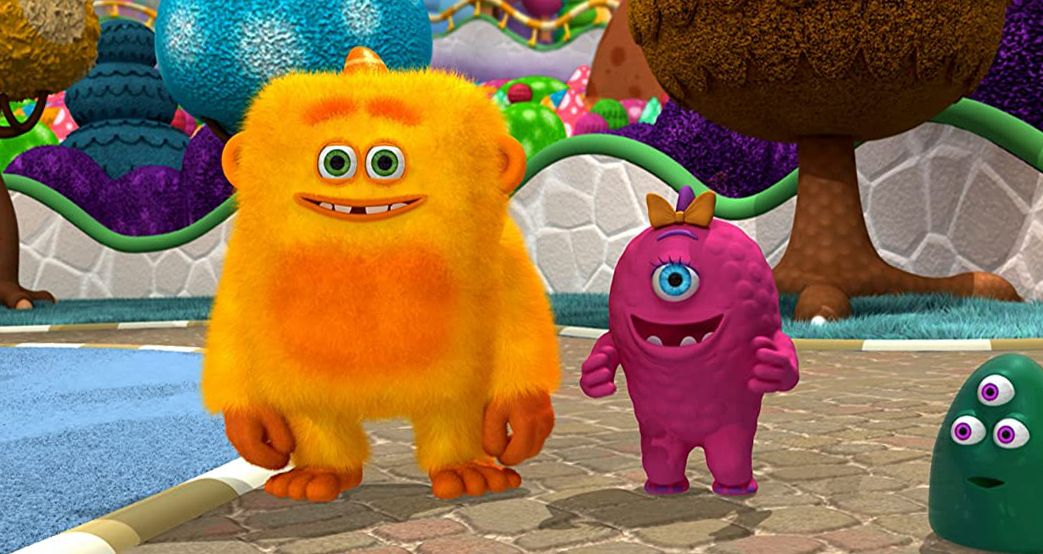
Spooky Spider Printable Math Game
A spider game is one of the best Halloween maths activities for kindergarteners. Each spiderweb in this seasonally themed game requires a certain minimum quantity of spiders. You can see the number written out at the top of every page. The kids’ task is to use their imaginations or play with toy spiders to create the proper quantity of webs.
Playing this game can help your kindergartener with recognizing written numbers. Preschool and kindergarteners may use it to practice counting.
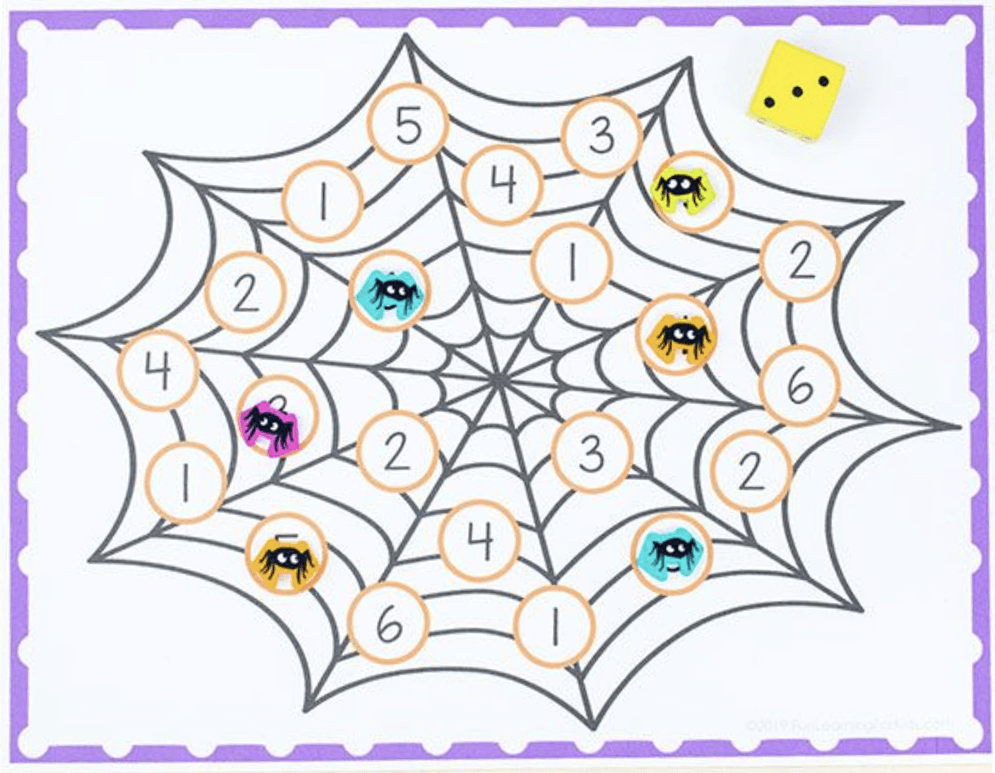
Balloon Splash Game
Twenty water-filled balloons should be numbered. Call out math equations; for example, you can say 1+1 is X. If a child gets the answer correct, they are to find the number-filled balloon and then throw it onto the floor, creating a splash.
Check that every child can take part. You may not have to worry about anything other than getting wet in this game.
The Giant Clock Game
Using chalk, make a big drawing of a clock on the floor. The clock should be large enough for children to stand in it, so you may enlist the aid of pupils in higher grades if you need it.
Make sure to mention specific times when you’ve drawn the clock. If you were to call 3 o’clock, you might have two children, one at 12 and the other at 3, standing in the drawn clock. Keep on until you have taught the kids all the essential time concepts in 24 hours.
Fast flashcards
On the floor, spread out flashcards that contain simple maths tasks. Shout “GO” and set a timer. Your class has to work quickly to find solutions; the winner is the student who gets the most questions right in the allotted time.
Conclusion
Children find maths games to be a captivating and entertaining way to learn. We have supplied a list of twenty-one options if you need help deciding. You may pick and choose from various tangible, digital, and printable activities to use with your kindergarteners while they learn maths. If you want to use any of the mentioned printable kindergarten math games, you may find them on math websites.


